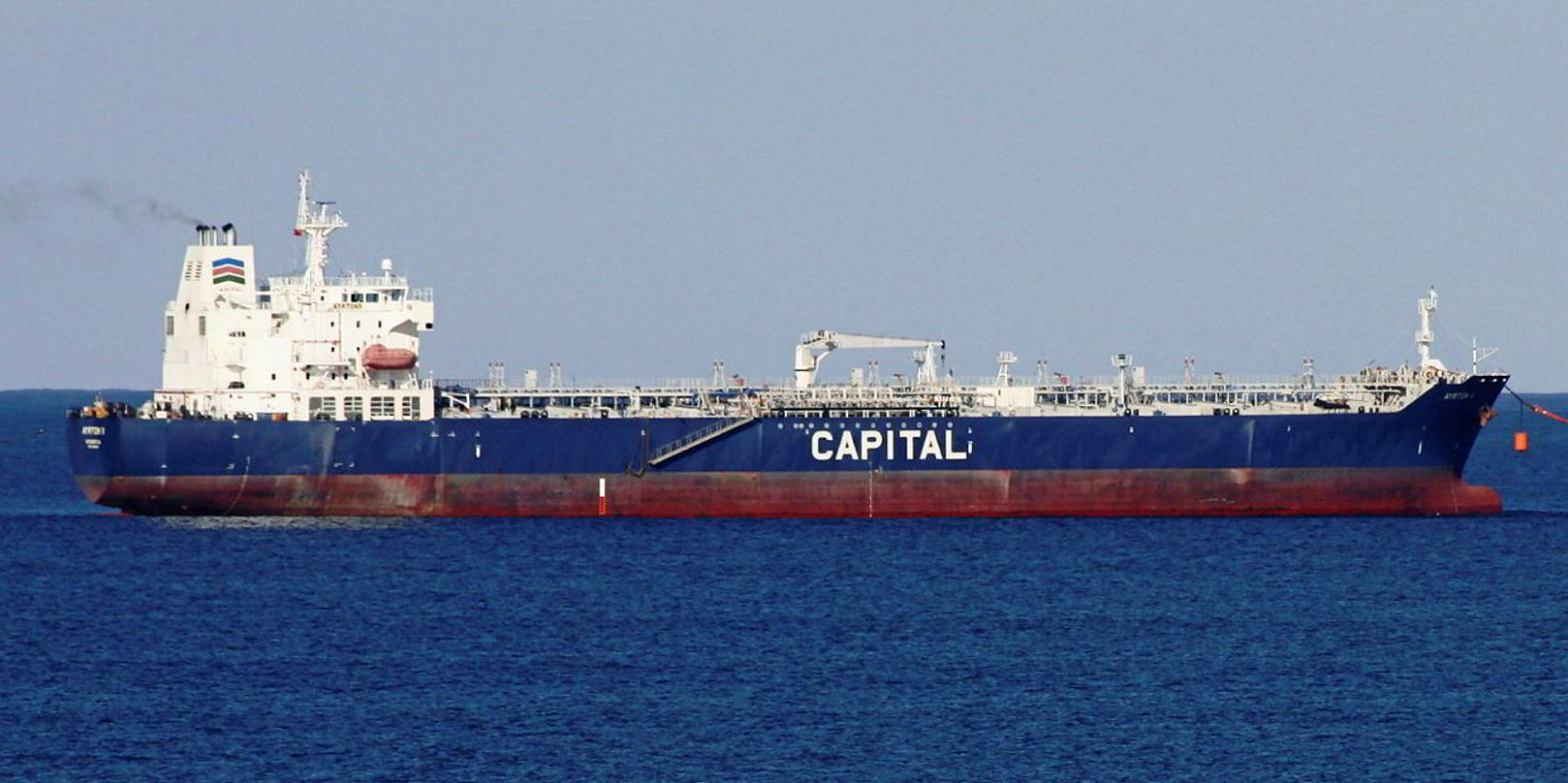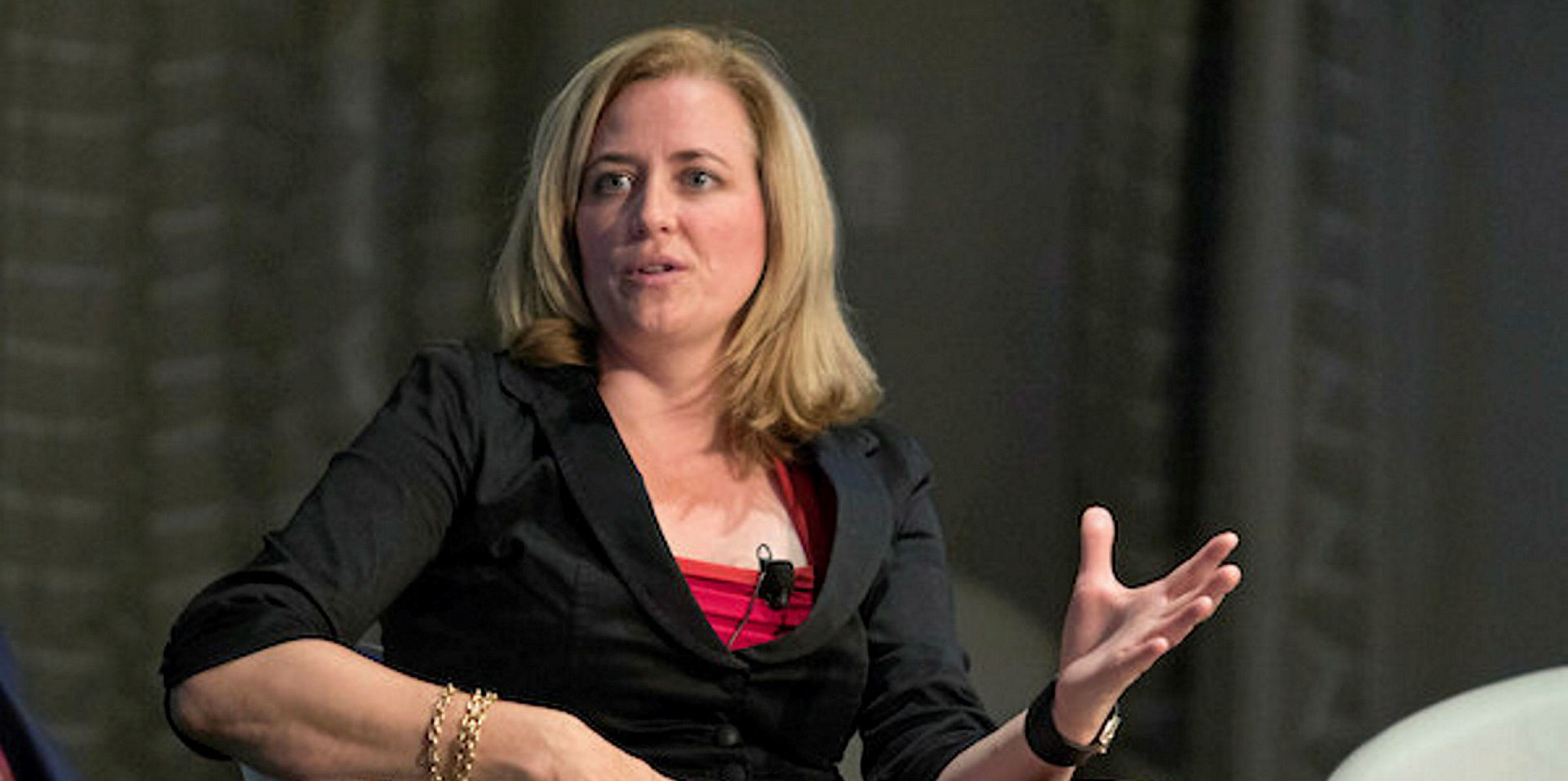Sale-and-purchase activity for secondhand product tankers has heated up in recent weeks, with bargain hunters keen to acquire tonnage to take advantage of the forecast upturn in freight earnings.
According to Clarksons’ data, 74 product tankers totalling 3.5 million dwt changed hands from July to the end of November. Of those, 32 ships of 1.4 million dwt were transacted in the past two months.
The figures do not take into account the consolidation of 22 ships from Capital Product Partners into Diamond S Shipping in a share swap deal in late November.
In comparison, 66 secondhand vessels of 2.85 million dwt were sold in the first half of this year.
The increase in secondhand market activity has come as product tanker earnings saw gains for eight consecutive weeks, signalling that the long-underperforming sector might finally be on the recovery track.
“We are at a natural buying and selling point in the market,” VesselsValue analyst Court Smith said. “Some players want to exit the market and are finding willing buyers now that [freight] rates are showing signs of improving.
“Buyers feel that this is a low point in the asset value cycle.”
Across different age groups, secondhand prices of product tankers have mostly been moving up from the bottom in the past three months, but they remain significantly below their 2016 levels.
A 10-year-old LR2 tanker is priced at $19.5m, an LR1 at $15m and an MR at $15m, based on Poten & Partners’ assessments. In 2016, the secondhand prices for LR2s of a similar age averaged $24.4m, LR1s $21m and MRs $17.1m.
MRs have outperformed larger vessels in asset value, as this class of ship has been hotly sought after because they trade more flexibly than their larger cousins. Of the 74 secondhand deals recorded by Clarksons in July to November, 48 were for MRs, seven for LR1s and seven for LR2s.

Overall, Japanese and South Korean-built vessels aged less than 10 years have been preferred in secondhand transactions.
Having underperformed market expectations for several quarters, the product tanker sector may be entering an upcycle.
Aside from the asset market strength, spot and period charter rates of various classes of vessel have also been on an upward trajectory this quarter.
Many market players are expecting the strength to continue for the next two years, with a small orderbook and more cross-regional trades as a result of the IMO 2020 rules.
This could lead to a broader recovery in secondhand prices, according to some analysts, as large vessels may become favourable even when they are not considered modern tonnage.
According to Bloomberg’s latest shipping survey, the median forecast for average daily time charter equivalent rates for LR2s in the spot market will rise from $12,000 this year to $16,500 in 2019 and $27,000 in 2020.
For LR1s, the increase will be from $11,125 per day to $15,875 per day next year, before rising to $21,750 per day in 2020.
The median forecast for average MR earnings will reach $15,000 per day next year and $19,250 per day in 2020, compared with $11,500 per day in 2018.
“Perhaps the biggest upside potential [in asset values] will be in LR2s, which have been pretty disappointing in the last couple of years,” Banchero Costa head of research Ralph Leszczynski said.






